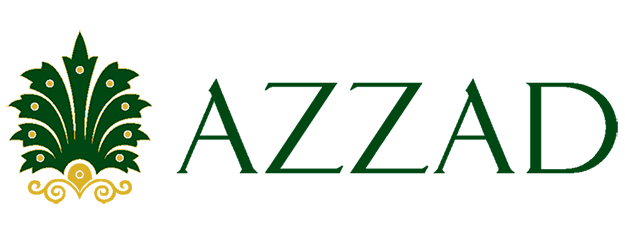Every year, the College Board releases new college cost data and trends in its annual report. The figures published are average cost figures based on a survey of approximately 4,000 colleges across the country.
Over the past 20 years, the average price for tuition, fees, and room and board has increased 46% at public colleges and 30% at private colleges over and above increases in the Consumer Price Index, straining the budget of many families and leading to widespread student debt.
Here are cost highlights for the 2022-2023 year.1 This year, public colleges have done a better job than private colleges at keeping tuition and fee increases under 2.3%. Note: “Total cost of attendance” includes direct billed costs for tuition, fees, and room and board, plus indirect costs for books, transportation, and personal expenses.
Public colleges: in-state students
- Tuition and fees increased 1.8% to $10,940
- Room and board increased 3.0% to $12,310
- Average total cost of attendance: $27,940
Public colleges: out-of-state students
- Tuition and fees increased 2.2% to $28,240
- Room and board increased 3.0% to $12,310 (same as in-state)
- Average total cost of attendance: $45,240
Private colleges
- Tuition and fees increased 3.5% to $39,400
- Room and board increased 3.0% to $14,030
- Average total cost of attendance: $57,570
Note: Many private colleges are at or approaching $80,000 per year in total costs.
Sticker price vs. net price
The College Board’s cost figures are based on published college sticker prices. But many families don’t pay the full sticker price. A net price calculator, available on every college website, can help families see beyond a college’s sticker price. It can be a very useful tool for students who are currently researching and/or applying to colleges.
A net price calculator provides an estimate of how much grant aid a student might be eligible for at a particular college based on the student’s financial information and academic record, giving families an estimate of what their out-of-pocket cost — or net price — will be. The results aren’t a guarantee of grant aid, but they are meant to give as accurate a picture as possible.
FASFA for 2023-2024 year opened on October 1
Even though the college cost data contained here is for the 2022-2023 school year, it’s already time to think about the following year. The Free Application for Federal Student Aid (FAFSA) for the 2023-2024 year opened on October 1. It’s important to keep in mind that the 2023-2024 FAFSA will factor in your income information from two years prior, which it will get from your 2021 federal income tax return, but it uses current asset information.2 Your income is the biggest factor in determining financial aid eligibility.
Student loan repayment set to resume in January 2023
After multiple payment pauses to federal student loans that began in March 2020 at the start of the pandemic, the last payment pause is scheduled to end on December 31, 2022. Borrowers should expect to hear from their loan servicer at least three weeks before their first payment is due.
1) College Board, Trends in College Pricing and Student Aid 2022
2) U.S. Department of Education, 2022



